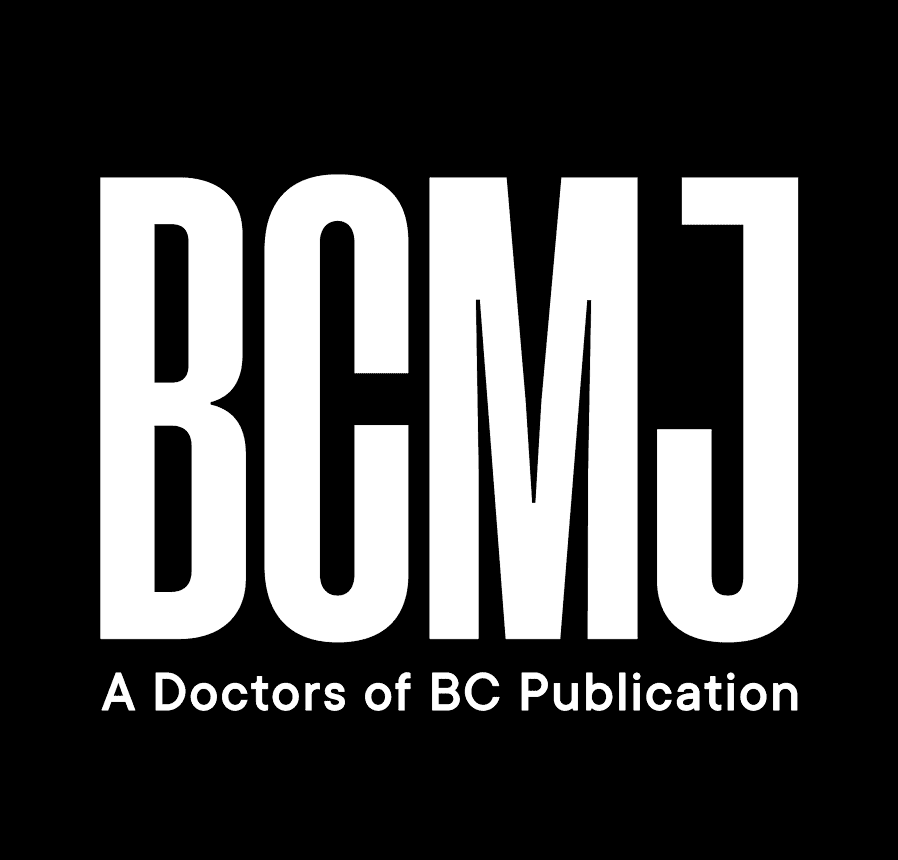Newly discovered brain cells that allow you to remember objects
Scientists in the UBC Faculty of Medicine have discovered a new type of brain cell that plays a central role in our ability to remember and recognize objects. Called “ovoid cells,” these highly specialized neurons activate each time we encounter something new, triggering a process that stores those objects in memory and allows us to recognize them months or even years later. The discovery of ovoid cells reshapes scientists’ understanding of how memory works and could open the door to new treatments for Alzheimer disease, epilepsy, and more.
Named for the egg-like shape of their cell body, ovoid cells are present in relatively small numbers within the hippocampus of humans, mice, and other animals. Adrienne Kinman, a PhD student in the Faculty of Medicine and the study’s lead author, discovered the cells’ unique properties while analyzing a mouse brain sample, where she noticed a small cluster of neurons with highly distinctive gene expression. With further analysis, researchers saw that the cells are distinct from other neurons at a cellular and functional level and in terms of their neural circuitry. To understand the role ovoid cells play, Kinman manipulated the cells in mice so they would glow when active inside the brain. The team then used a miniature single-photon microscope to observe the cells as the mice interacted with their environment. The ovoid cells lit up when the mice encountered an unfamiliar object, but as they grew used to it, the cells stopped responding—the cells had done their jobs: the mice now remembered the objects.
New insights for Alzheimer disease, epilepsy
Researchers are now investigating the role that ovoid cells play in a range of brain disorders. The team’s hypothesis is that when the cells become dysregulated, either too active or not active enough, they could be driving the symptoms of conditions like Alzheimer disease and epilepsy.
For Dr Mark Cembrowski, the study’s senior author and an associate professor of cellular and physiological sciences at UBC and investigator at the Djavad Mowafaghian Centre for Brain Health, discovering the highly specialized neuron upends decades of conventional thinking that the hippocampus contains only a single type of cell that controls multiple aspects of memory. Dr Cembrowski suggests that this finding creates a world of possibilities that would reshape how scientists approach and treat brain health and disease.
The study is published in Nature Communications: “Atypical hippocampal excitatory neurons express and govern object memory.”
hidden
 |
| This work is licensed under a Creative Commons Attribution-NonCommercial-NoDerivatives 4.0 International License. |
